(ECNS) -- Chinese President Xi Jinping’s 2025 New Year address spotlighted the “Eastern Smile” of the Maiji Mountain Grottoes, bringing renewed attention to this cultural treasure.
What does the "Eastern Smile" refer to? And where is it found?
The Maiji Mountain Grottoes are located in Maiji Town, about 30 kilometers southeast of Tianshui in Gansu Province. Perched on the Xiaolong Mountain, the 142-meter-high site derives its name “Maiji,” meaning “haystack” in Chinese, from its distinctive shape.
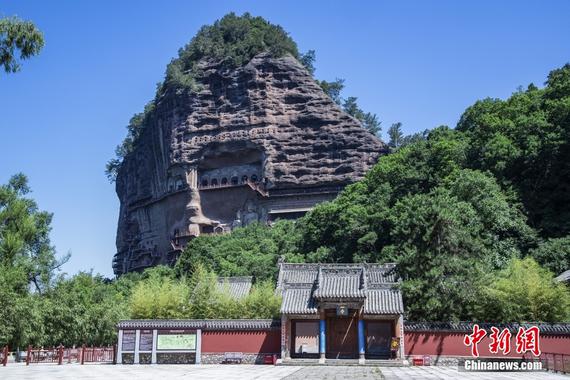
As one of China’s “Four Great Grottoes,” Maiji Mountain is less known but equally extraordinary in its artistic and historical value.
Constructed between 384 and 417 CE, these grottoes are the earliest royal cave temples in China. Over 1,600 years of development have produced 221 caves, 10,632 clay and stone sculptures, 1,300 square meters of murals, and 3,938 statues—far surpassing the 2,400 painted sculptures of the renowned Dunhuang Grottoes.
What distinguishes Maiji Mountain is the humanistic warmth of its sculptures. Unlike the solemnity typical of Buddhist art, the figures exhibit vivid, life-like expressions.
The most iconic piece is the smiling statue from Cave 133, crafted during the Northern Wei Dynasty (386-534). This figure, with its gentle and welcoming smile, has charmed visitors for over a millennium and earned the moniker “Eastern Smile.” It serves as a timeless cultural symbol, drawing tourists from around the globe.
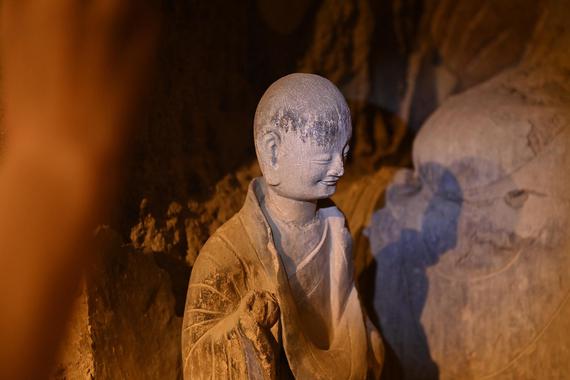
The Maiji Mountain grottoes stand as a testament to cultural fusion and exchange between China and the wider world.
"On the map of China, Maiji Mountain occupies a central position among the country’s major grottoes, connecting east and west, north and south," explains Li Tianming, director of the Art Research Institute of Maiji Mountain Grottoes.
To its west lie the Dunhuang Grottoes; to the east, the Longmen Grottoes; to the north, Yungang; and to the south, the Thousand-Buddha Cliff, Anyue Grottoes, the Leshan Giant Buddha, and the Dazu Rock Carvings. Maiji Mountain has influenced and been influenced by these significant cultural centers.
In 2014, the Maiji Mountain Grottoes were inscribed as a UNESCO World Heritage Site as part of the Silk Roads: the Routes Network of Changan-Tianshan Corridor, highlighting their significance as a bridge of cultural exchange and heritage.








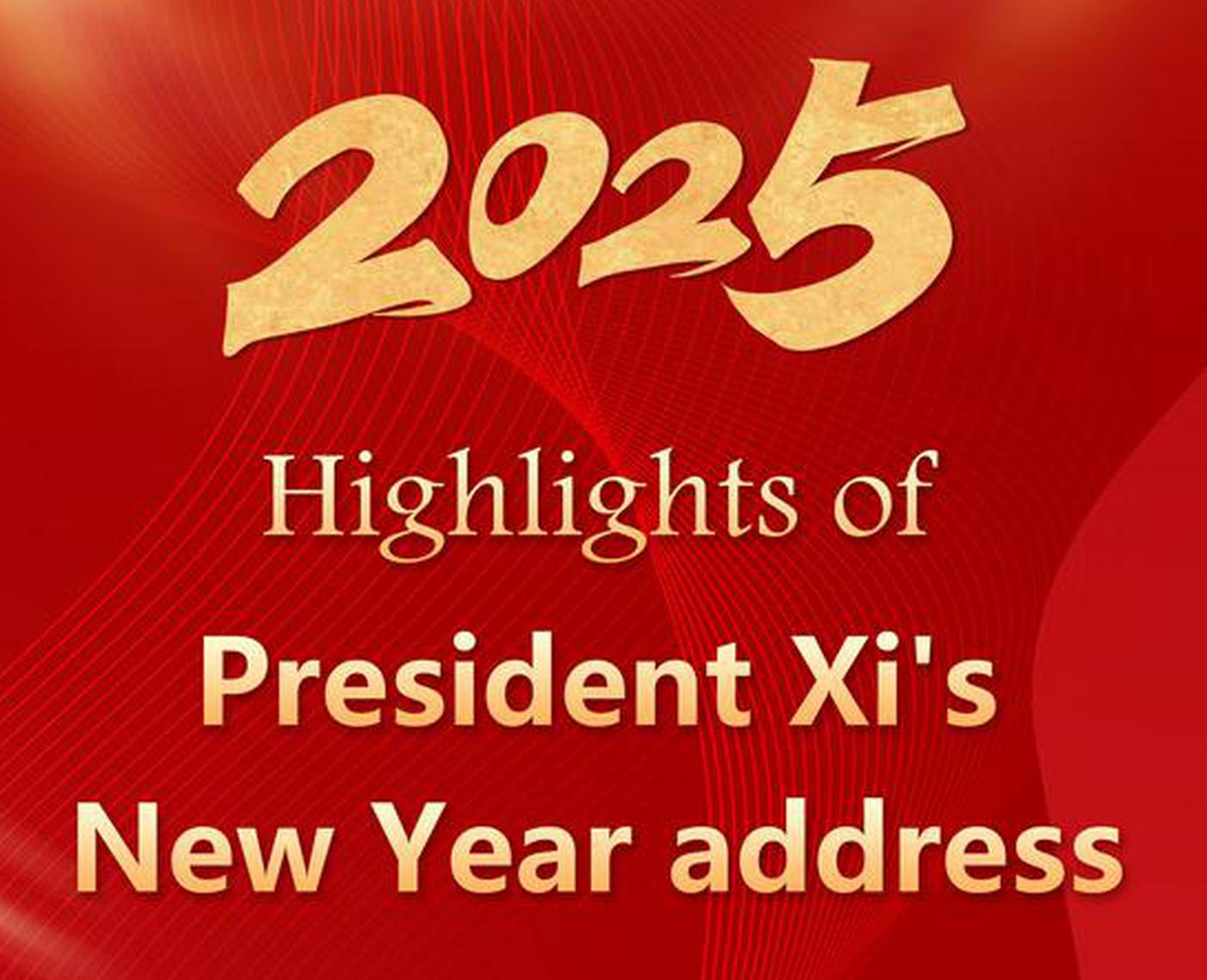

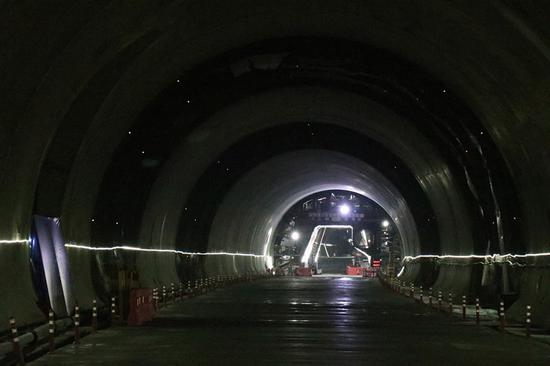
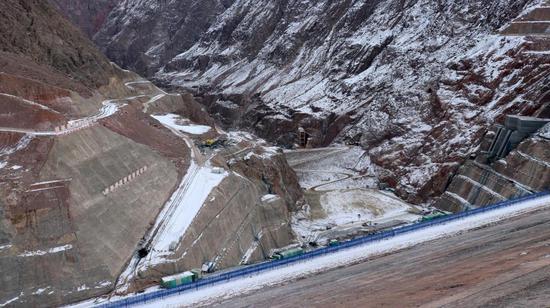
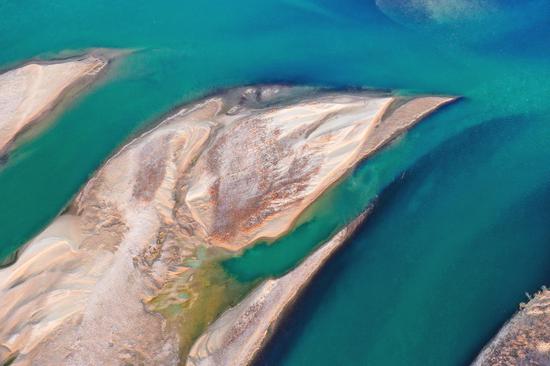


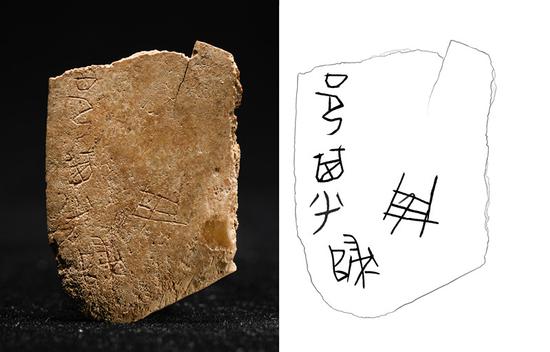
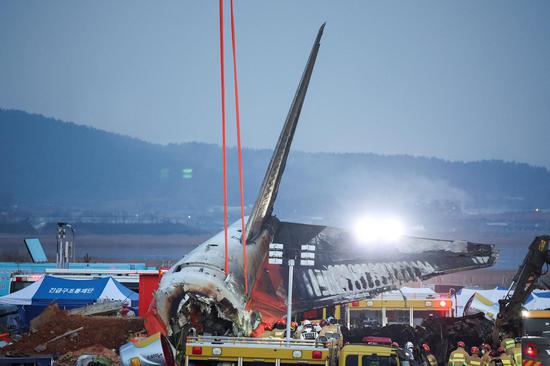
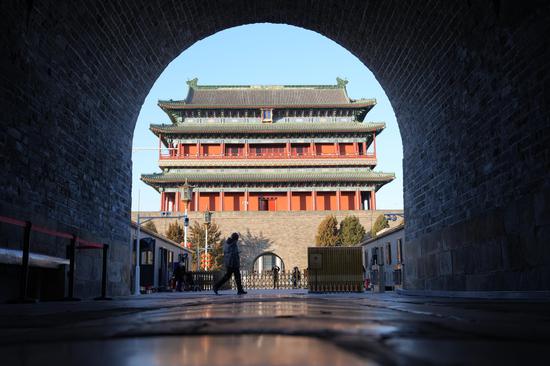



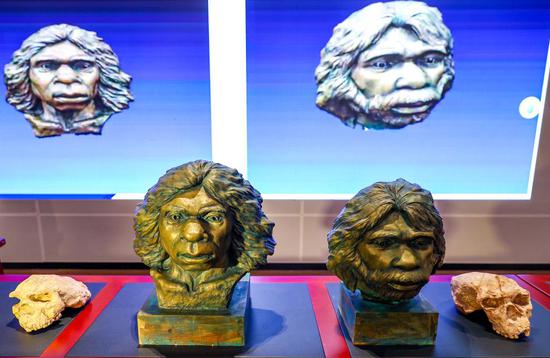

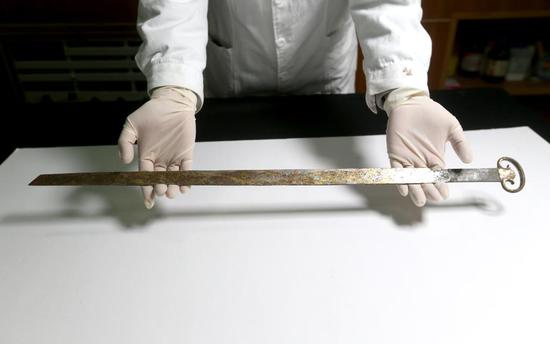
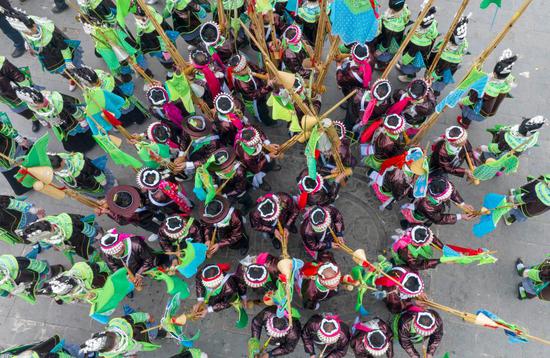
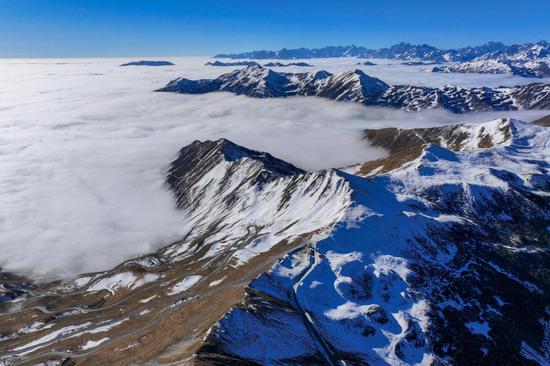
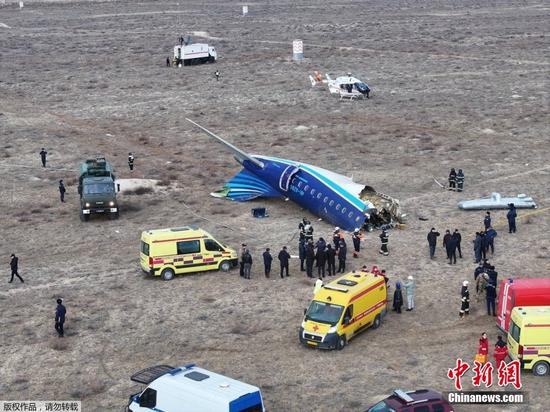


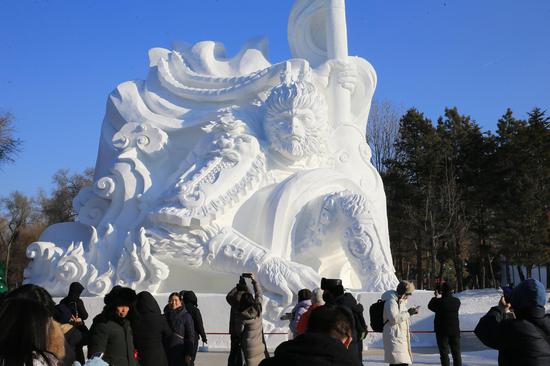

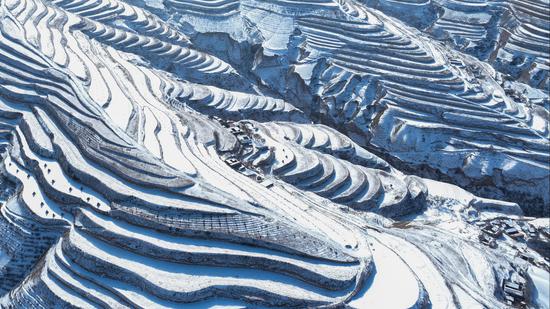
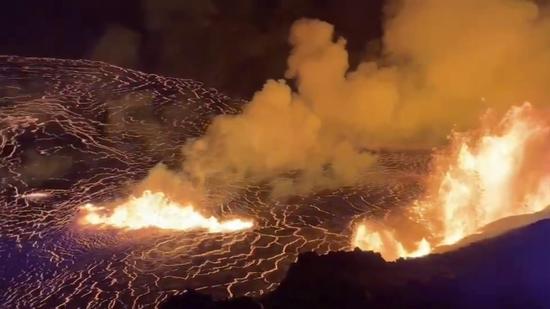
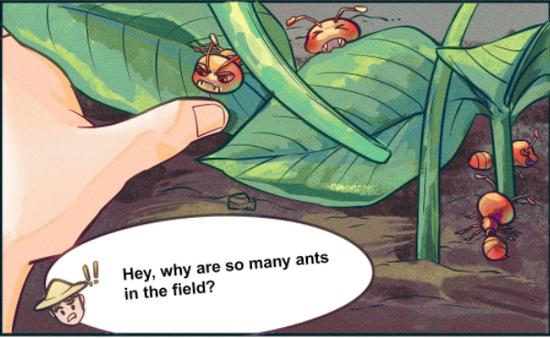



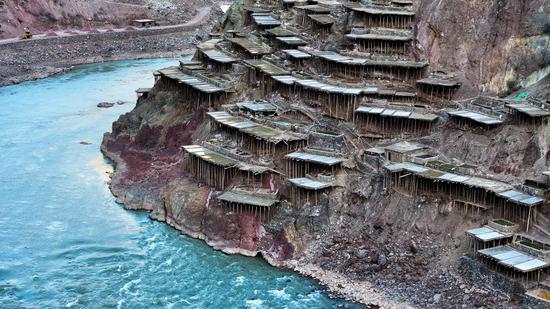

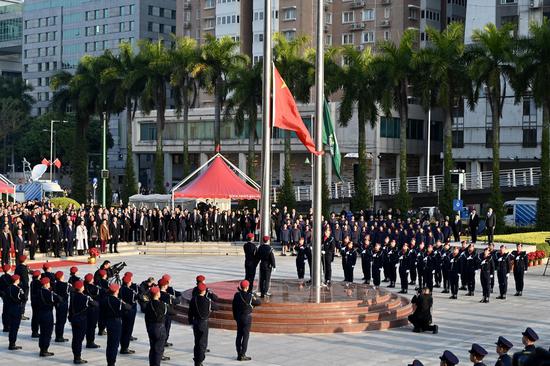
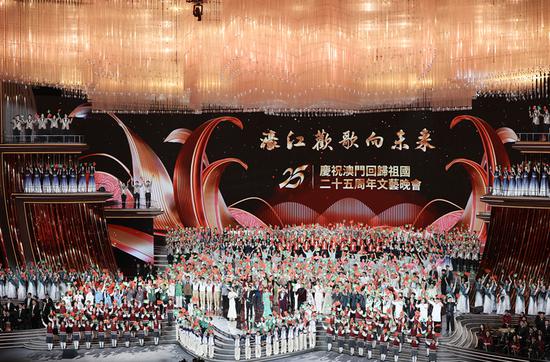
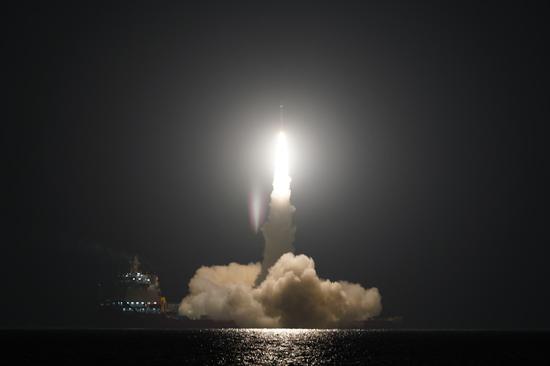
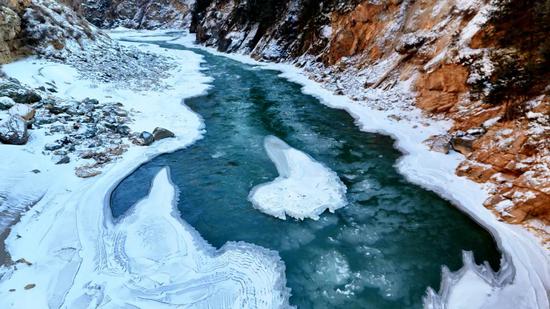

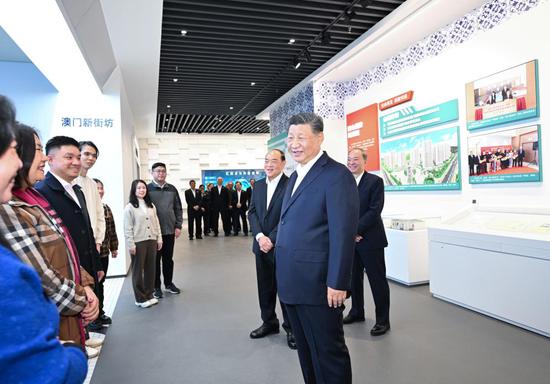

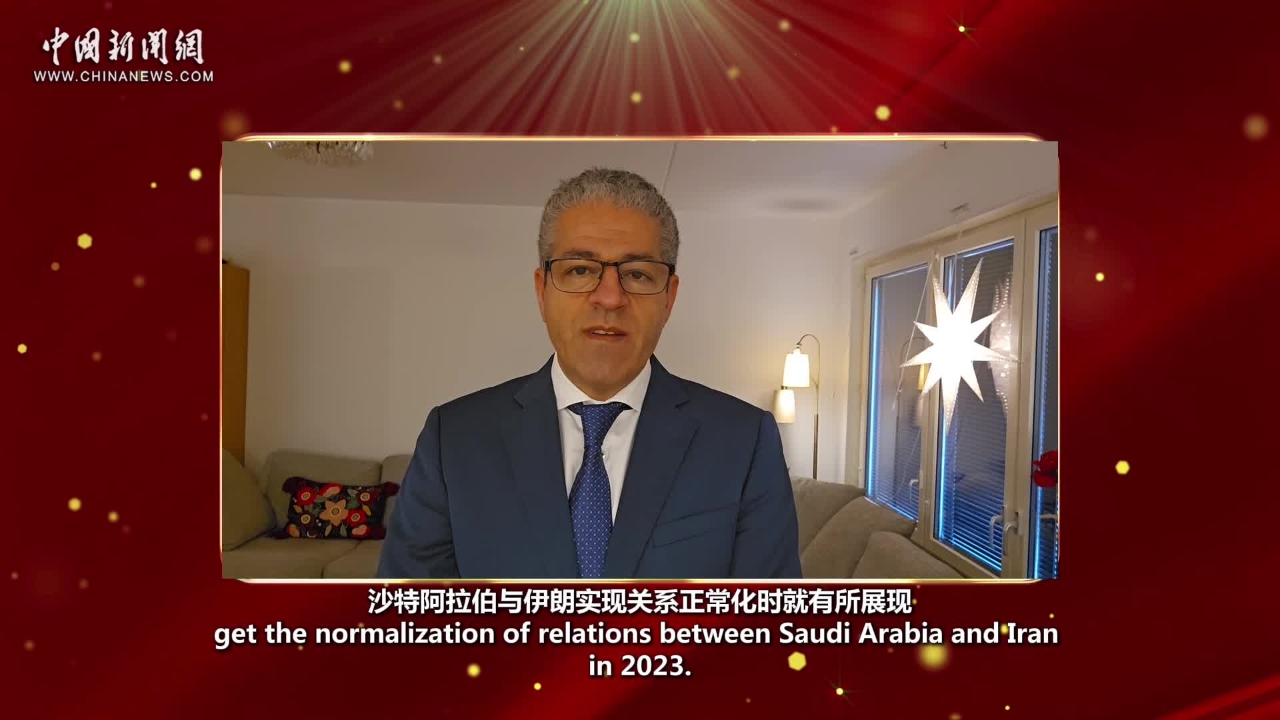

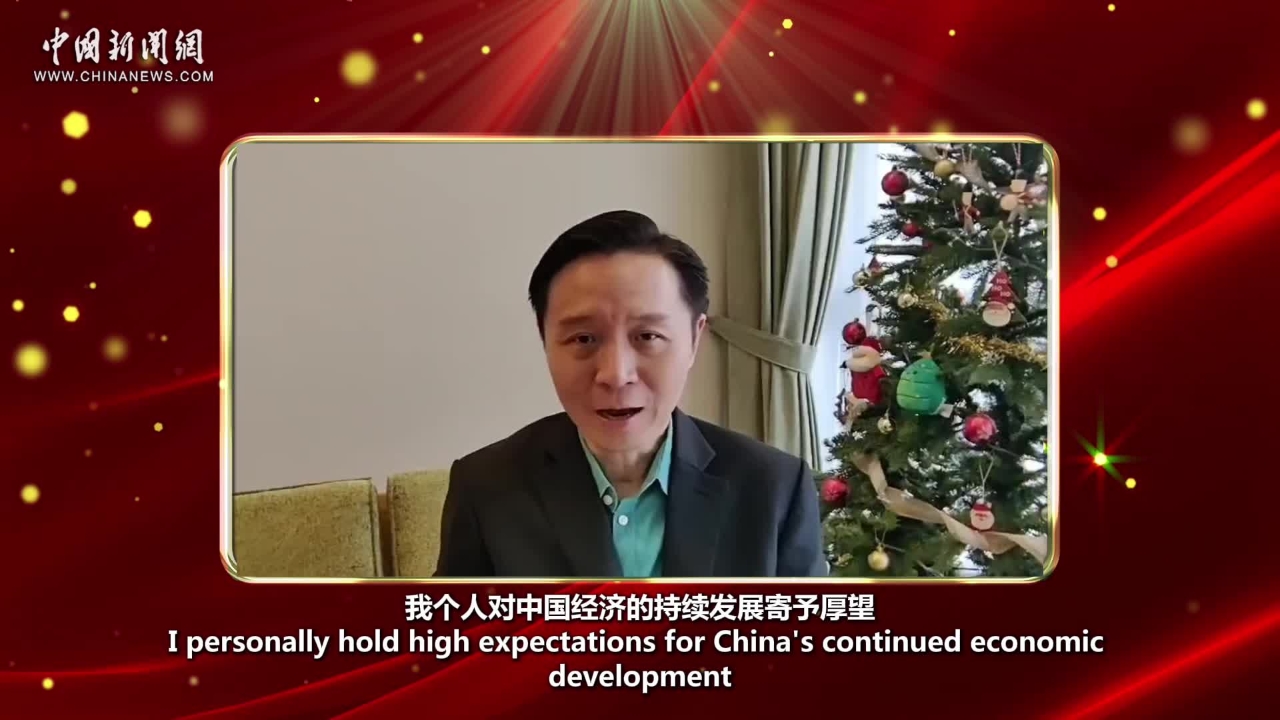

 京公網安備 11010202009201號
京公網安備 11010202009201號